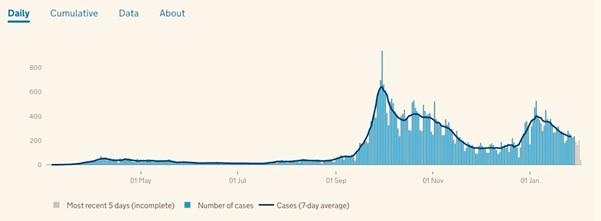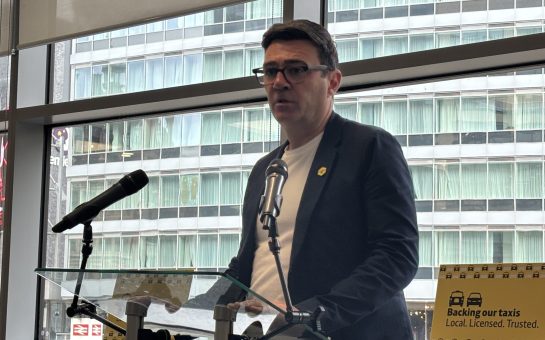The latest Covid- 19 statistics show that the case rate in Greater Manchester is falling, how does this still compare to the rest of England? Above average.
Public Health England data shows infection rates are continuing to fall in Greater Manchester, but because the rate is falling slower than the rest of England, which is now 232.1, per 100,000 residents, the following boroughs have case rates above the national average: Bolton, Manchester, Rochdale, Salford, Stockport and Wigan.
And so, collectively, Greater Manchester continues to have the highest infection rate in the region.
Similarly, in the West Midlands which also has a dense population there are postcodes with the highest Covid-19 infection rates in the country.
Sandwell has been named as the epicentre of the pandemic with 517.0 cases per 100,000 people.
In comparison to this the highest case rate in Greater Manchester is in Bolton, at 277.5, with most Covid-19 cases found in Horwich North, Gilnow, Horwich East, Daubhill and Westhoughton West.
The figures generally suggest a slowdown across the board in Greater Manchester, with the largest decrease present in Bury, Tameside and Trafford.

Meanwhile, vaccinations are going forward at full steam, where the total amount of shots distributed in the UK has reached a whooping, 12,014,288 latest figures showed (February 6).
Downing Street has also confirmed the ambitious targets of distributing Covid-19 vaccines to all adults aged 50 by May, which restores the hope of restrictions relaxing and returning to normality by the end of Spring.
There has been a growing concern over vaccine hesitancy and how the current distribution is targeted at people who are the easiest to reach.
The biggest challenge for the region will be to target the minority communities where there has been a great deal of apprehension and misinformation circulating.
Addressing the vaccination rollout and hesitancy in Greater Manchester, Councillor Rabnawas Akbar of Rusholme, said: “Vaccine hesitancy is present in all communities.
“Yes, it’s been highlighted in South Asian communities, by anecdotal reports, but we are still waiting for government data – the data from Public Health England will help us identify the communities and cohorts that we need to target.”



